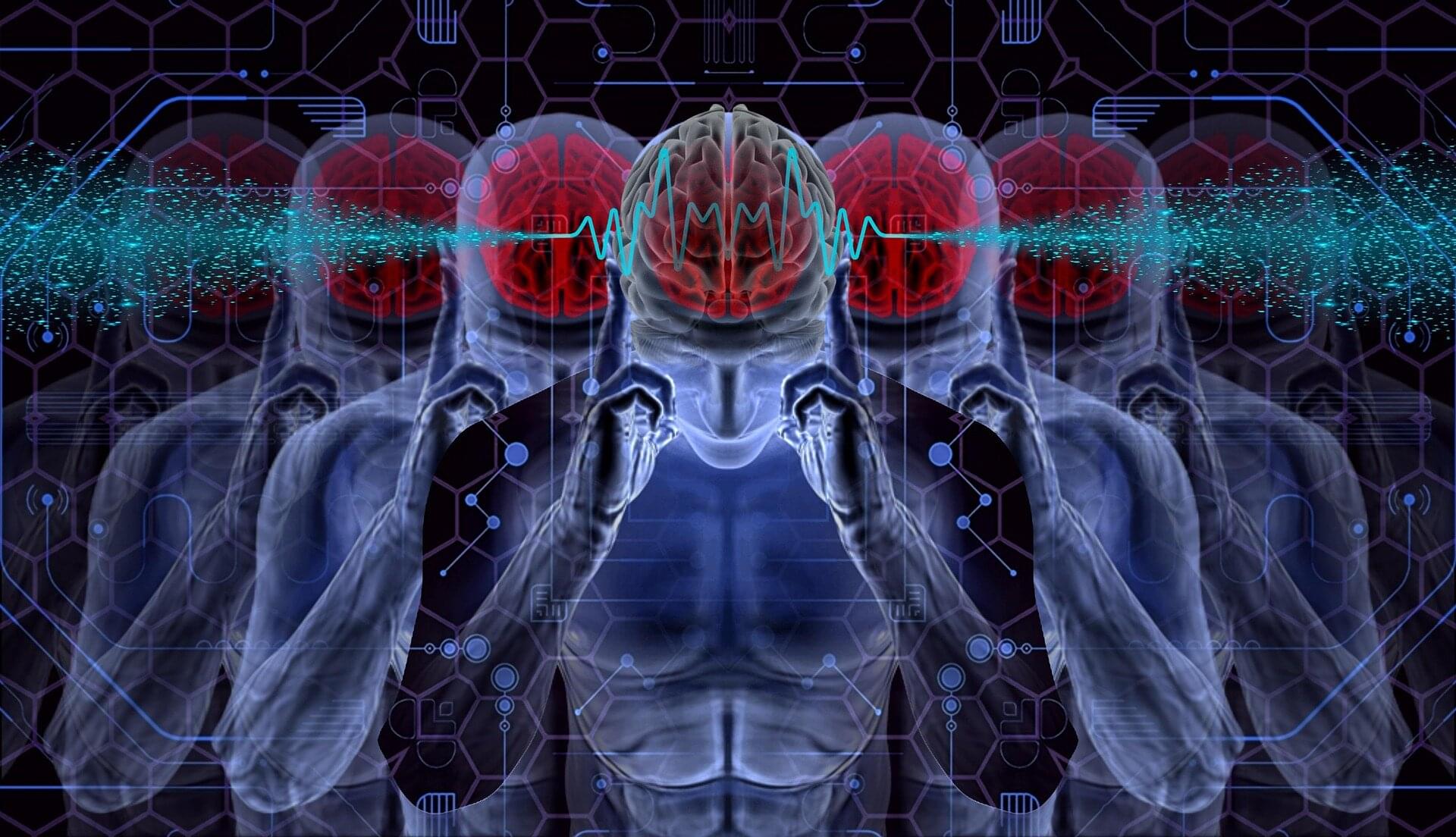A specialized model used by researchers is becoming a valuable tool for studying human brain development, diseases and potential treatments, according to a team of scientists at Rutgers University-New Brunswick.
Known as chimeric brain models, these laboratory tools provide a unique way to understand human brain functions in a living environment, which may lead to new and better therapies for brain disorders, researchers said in a review article in Neuron.
Scientists create models by transplanting human brain cells culled from stem cells into the brains of animals such as mice, thereby creating a mix of human and animal brain cells in the same brain. This environment is closer to the complexity of a living human brain than what can be simulated in a petri dish study.
